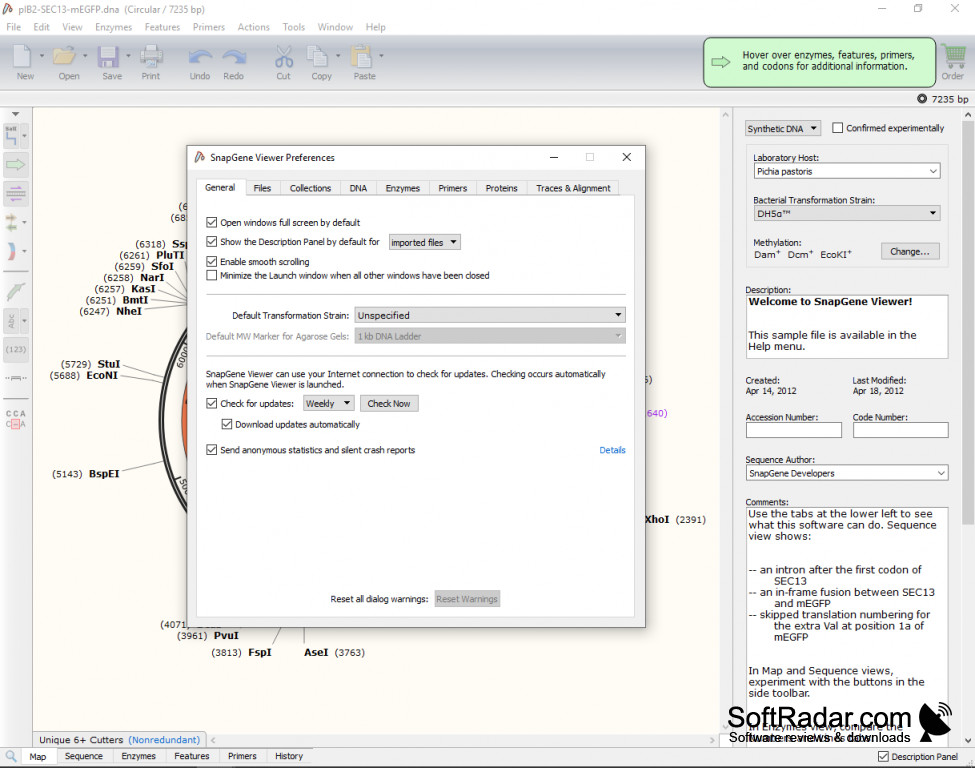

Saves currently defined regions of interest to a BED file. Sets the track height to a specified value. Sets the track height to display all of the data, or as much data as possible. View and select loci visited in your navigation history. Shows/hides the panel with the chromosome location information and ruler.Īllows the user to reorder the display panels in the IGV window.

Shows/hides selected individual attributes columns in the attribute panel. Shows/hides the sample/track attribute panel. more.ĭisplays color legends for track data, which may be modified. Opens a tabbed menu of data display preferences.

genome file that packages the sequence and optionally other attributes. The currently displayed reference genome cannot be removed.Ī utility for creating an IGV. Remove one or more genomes from the Genomes dropdown menu. Loads a genome into IGV from the IGV data server. Loads a genome into IGV from your file system. Specify the image file format by setting the filename extension in the file save dialog to. Saves a snapshot of the IGV window to a graphics file, omitting the menu bar and tool bar. Reloads all the tracks in the current session.The viewing parameters and other settings remain the same. Saves your current settings to a named session file. Unloads all currently loaded data, as if you exited and restarted IGV. more.ĭisplays genomic data from the IGV data server. more.ĭisplays genomic data from a file identified by URL. Legibility of the names depends on the height of the tracks i.e., the smaller the track the less legible the name.Īn optional attribute panel displays sample/track attributes represented as colored blocks, where each unique value is assigned a unique color.ĭisplays genomic data from one or more files. Track names are listed in the far left panel. Combine data and feature panels by selecting the option to display all tracks in a single panel on the General tab of the Preferences window. Drag-and-drop a track name to move a track from one panel to another. By default, IGV displays data in one panel and features in another, as shown here. IGV also displays features, such as genes, in tracks. This example shows segmented copy number data. Typically, each track represents one sample or experiment. IGV displays data in horizontal rows called tracks. The span lists the number of bases currently displayed. The tick marks indicate chromosome locations. The ruler reflects the visible portion of the chromosome. When zoomed out to display the full chromosome, the red box disappears from the ideogram.

The red box on the chromosome ideogram indicates which portion of the chromosome is displayed. The menu bar and pop-up menus (not shown) provide access to all other functions. The tool bar provides access to commonly used functions. The following figure shows data from The Cancer Genome Atlas:


 0 kommentar(er)
0 kommentar(er)
